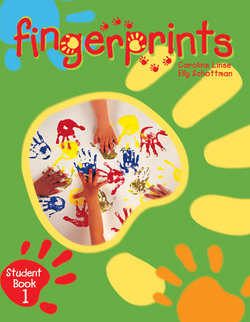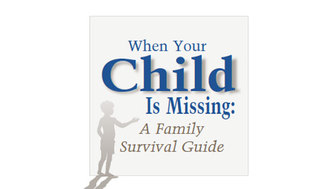
Secure your child's room. Even though your child may have disappeared from outside the home, your child's room should be searched thoroughly by law enforcement for clues and evidence. Don't clean the child's room, wash your child's clothes, or pick up your house. Don't allow well-meaning family members or friends to disturb anything. Even a trash bin or a computer may contain clues that lead to the recovery of the child.
Do not touch or remove anything from your child's room or from your home that might have your child's fingerprints, DNA, or scent on it. This includes your child's hairbrush, bed linens, worn clothing, pencil with bite marks, diary, or address book. With a good set of fingerprints or a sample of DNA from hair, law enforcement may be able to tell whether your child has been in a particular car or house. With good scent material, tracking dogs may be able to find your child.
Do not allow anyone else to sleep in your child's bed, play with his or her toys, or use his or her bedroom for any purpose. Law enforcement dispatch should advise you not to disturb any part of the house until a thorough search of the scene has been conducted. Investigators should let you know when their search is complete.
Be prepared to give investigators all the facts and circumstances related to the disappearance of your child. This includes knowing where your child was last seen, where your child normally went to play, what your child was wearing, and what personal possessions your child had with him or her. Describe in detail the clothing your child was wearing and any personal items in the child's possession at the time of the disappearance. Specify color, brand, and size. If possible, have someone obtain replicas of clothing, hats, purses, backpacks, or other items your child had or wore at the time of the disappearance. Give these articles to law enforcement for them to release to the media and to show to searchers. Make sure you mark these items as duplicates or replicas.
Make a list of personal identification marks and specific personality traits. Describe birthmarks, scars, tattoos, missing teeth, eyeglasses, contacts, speech patterns, and behavioral traits. If possible, find photographs that show these unique features. If you have fingerprints of your child or a DNA blood sample, also give these to law enforcement.
Gather together personal items, such as baby teeth, old baseball caps, or old toothbrushes. These items may contain hair or blood samples that may be useful as DNA evidence. Also look for pencils or toys that contain impressions of your child's teeth.
Think about your child's behavior and routine. Be prepared to discuss where your child played or hung out, what was the usual route taken to and from school, and what other paths of travel might have been taken. Be specific about what your child did for recreation, including playing outdoors, surfing the Internet, and other activities.
Try to remember any changes in your child's routine or any new experiences. Look at personal and family calendars to see if they contain clues as to your child's whereabouts or the identity of the abductor. For example, during the past year, did your child join a soccer team, change teams, or get a new coach? Did your child start playing or hanging out in a different area? Did your child keep a diary that might hold clues?
Try to remember if your child mentioned any new friends. Talk with your child's friends and teachers to see if they know of any new friends or other contacts your child recently made.
Find recent photographs of your child in both color and black and white, then have someone make multiple copies of the photographs and keep the originals in a safe place. Check your cameras for undeveloped film, because the most recent photos of your child may be found there. Ask family members and friends to do the same. Give law enforcement multiple photos showing different poses. Steer away from formal or posed photos that do not look like your child. Being careful not to damage the photo, mark the back of each picture with your child's name, address, date of birth, and age when the picture was taken. Find videotapes or movies of your child and make copies. Also ask family members and friends if they have videotapes or movies of your child, perhaps at birthday parties, soccer games, and so forth. Give law enforcement copies that show your child's expressions and mannerisms.
Make a list of family members, friends, acquaintances, coaches, teachers, and other school staff. Write down as many telephone numbers and addresses as you can. Offer information for prior in-laws and relatives as well. Include on your list anyone you feel might have something against you or your family. Make a list of everyone who routinely comes to your home. Your list should include postal workers, meter readers, garbage collectors, repair persons, salespeople, pizza delivery persons, and so forth.
Make a list of new, different, or unusual people or circumstances in and around your home or school within the past year. Think about if you or any of your neighbors had any home remodeling or house repairs done within the past year. Were any houses listed for sale in your neighborhood in the past year? Has there been any road construction or building in the area? Have any traveling carnivals passed through the area?
Ask your child's doctor and dentist for copies of the child's medical and dental records and x rays. Give copies of all medical and dental records to law enforcement for use in the investigation.




 RSS Feed
RSS Feed